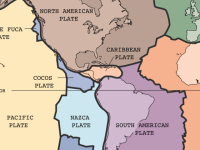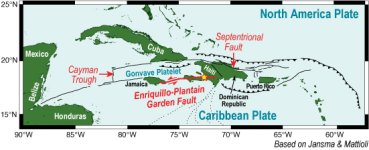1TUBERIDER
New member
- Joined
- Mar 14, 2006
- Messages
- 246
- Reaction score
- 0
- C Dory Year
- 2006
- C Dory Model
- 22 Angler
- Hull Identification Number
- CDO22327K506
Crescent City harbor has a history of damage from tsunami's.
This event also caused concern. We had a series of tiny waves come in this time causing no damage.
A couple years ago we had another small wave and it did do damage in the harbor. In fact many of the docks are still not being used because of the damage.
Of course for us the real tsunami damage came in 1964 from the Alaska quake.
When I see the water departing, I am heading to high grounds. If I were on my boat I doubt if I would know about it till I came back in.
Scary stuff, have a escape route and listen for the tsunami warning. The tsunami that last damaged the harbor had created a mass exodus from town. It was crazy how people were driving, especially my wife. I saw the mess and went back to the house as it sits well above the flood zone for the small ones.
How do you escape a volcanic eruption if you live near Yellow stone? Now that seems really scary.
This event also caused concern. We had a series of tiny waves come in this time causing no damage.
A couple years ago we had another small wave and it did do damage in the harbor. In fact many of the docks are still not being used because of the damage.
Of course for us the real tsunami damage came in 1964 from the Alaska quake.
When I see the water departing, I am heading to high grounds. If I were on my boat I doubt if I would know about it till I came back in.
Scary stuff, have a escape route and listen for the tsunami warning. The tsunami that last damaged the harbor had created a mass exodus from town. It was crazy how people were driving, especially my wife. I saw the mess and went back to the house as it sits well above the flood zone for the small ones.
How do you escape a volcanic eruption if you live near Yellow stone? Now that seems really scary.



